

 Source: Epic Fireworks
Source: Epic Fireworks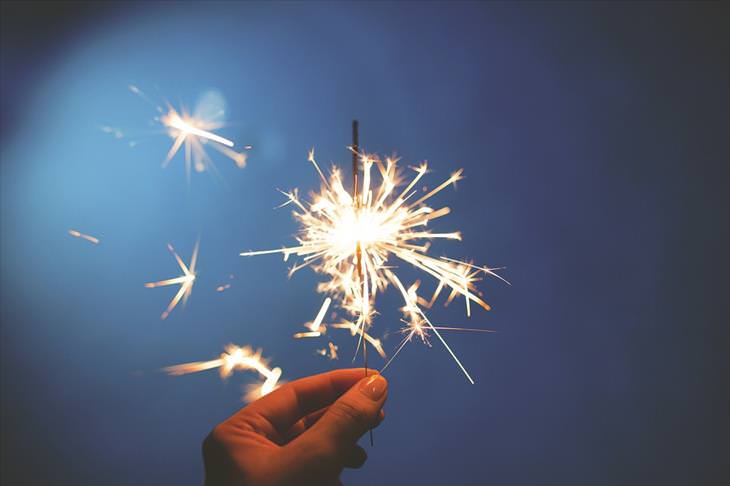


Keep Your Pets Safe This Storm Season!
Learn some useful tips on how to keep your pets safe in stormy weather.

How to Keep Your Pets Away From the Christmas Tree
Learn to keep your pets away from the Christmas tree using clever tricks, including some quick DIY alternatives to tinsel.

How Should Your Child Act With Strangers? Read This!
Take steps to ensure your child's safety with this guide.

16 Great Ways to Calm Down Anytime and Anywhere
With the following 16 ways, you can calm yourself down whether you're in the car, at the office, at home or with your kids.
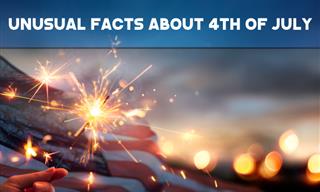
9 Unusual Facts You Probably Didn't Know About July 4
There’s still so much you don’t know about America’s Independence Day.

Joke: The 160 Year Old Man
A man dies in a car accident and goes to heaven. He's amazed to find that there's a huge orchestra and singing angels to greet him when he arrives...
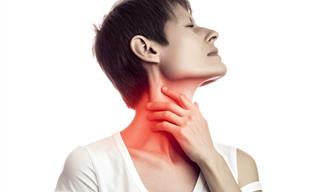
Thyroid Pain: What to Look for and When to Go See a Doctor
Thyroid pain is an uncomfortable sensation that many people struggle to identify, often mistaking it for other neck or throat issues. Understanding what thyroid pain feels like and when it requires medical attention can help you catch potential healt

10 Heartwarming Ways Your Dog Show He Loves You
discover the 10 unique, and sometimes odd, ways they express their affection toward you, essentially saying without words, "I love you."

Your Secret Cheat-Sheet For Vegetable Gardening!
This is a cheat-sheet that every vegetable gardener should acquaint themselves with!
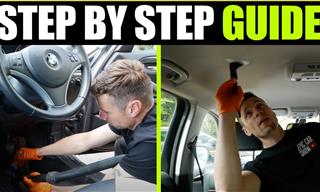 8:30
8:30
A Full Guide to Cleaning Your Car's Interior
If you want a car that looks incredible on the inside, watch this video and follow these steps.

How to Choose the Right Type of Sunscreen for Your Skin
Here are 7 tips to help you protect your skin properly this summer.
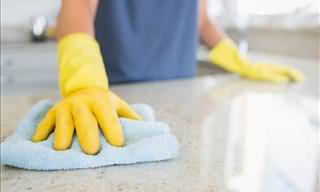 12:17
12:17
These Cleaning Hacks Are All You Need to Clean Your Home
Don't waste time on chores! Clean your home quickly and efficiently with these quick hacks.
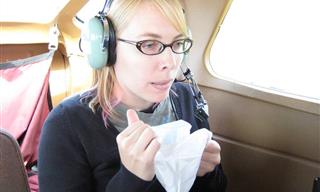
Treat Motion Sickness With These Natural Remedies and Tips
Here are 6 natural remedies and 7 effective tips that will help you eliminate the feeling of motion sickness.

Fake Olive Oil: Here's How You Can Spot It!
If you want to know whether the olive oil you have bought is real or an imposter, here's how you can tell!

10 Handy Cleaning Tips Every Pet Owner Will Appreciate
If your pets wreak havoc in your home and you're tired of the bad smells, scratched furniture, and dirt they cause, try some of these tried and true tips!

10 Colorful Flowers That Bloom Beautifully Even in Winter
Winter can actually be the best time to start growing beautiful and colorful flowers. Just make sure to plant these cold-hardy plants!
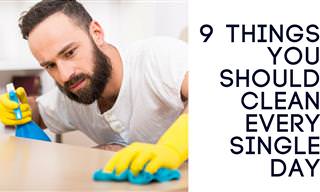
Don't Delay, You Need to Start Cleaning These Items Today!
Do you know how many different things need to be cleaned every day in your home? Here are 9 household items you might be neglecting.
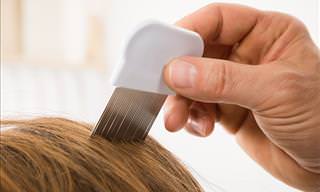
This Solution is the Ultimate Natural Head Lice Killer!
Head lice can be notoriously difficult to get rid of, but this DIY solution solves that problem once and for all.

Netflix Recommendations: Six Series to Enjoy This Summer
these are the most talked-about and anticipated new shows recently released or premiering summer of 2025.
 3:32
3:32
Is Expensive Wine Really Better Than The Cheaper Variety?
Does price have to do anything with how tasty a bottle of wine really is? Find out in this video, we were surprised to hear the answer.

Wrinkle Repair: At-Home Treatments and In-Office Procedures
In this article, we'll discuss neck and facial wrinkles and all the ways to treat them.

This Memory Technique Could Help You Remember Everything
If you have trouble remembering things, this mnemonic strategy could be just what you're after.
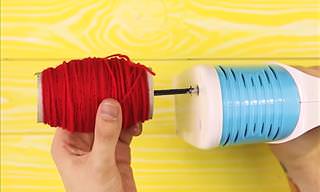 15:36
15:36
These 20 Awesome Tool Hacks Will Make Your Life Easier
These awesome tool hacks will make your life so much easier!

6 Home Ingredients You Can Use to Clean Your Carpet
Got a carpet stain? Forget the dry-cleaners, try one of these methods instead.
 3:12
3:12
I Had No Idea You Could Do This With a Tape Measure
Did you know that you can turn a tape measure into a compass? This is just one of the many hidden features of the tape measure shown here...

Debunking 8 Common Misconceptions About Taxes
Let’s break down eight of the most common tax myths and clear up the confusion once and for all.
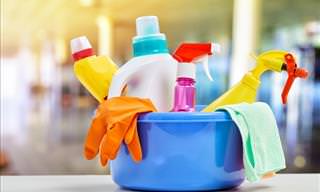
This is the Ultimate Guide to Cleaning All Your Stuff!
How do you decide when to clean certain items? This guide will reveal all!

There are 7 Types of Rest: Which One Do You Need?
You'll be surprised to discover that there are 7 different types of rest that your body, mind, and soul need, and today you'll get to know all of them.

5 Essential Training Skills You Must Teach Your Dog!
Dog training is a lifelong process, but some skills are more important than others. Here are the most important dog training skills.

Should You Change Shampoos For Silvering Hair?
Are you making the transition to silver, shiny locks? Learn how to keep your silvering hair as beautiful as ever with these tips!
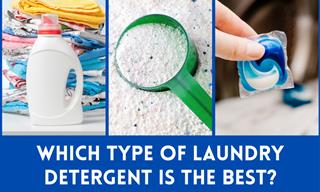
Pros & Cons of Cleaning Pods vs Powder vs Liquid
When choosing between liquid detergent, powdered detergent and single dose pods, there are a few things you should consider.

These Little Acts Can Greatly Help Someone With Dementia
Here are a few small steps that you can take to help someone with dementia.

The ULTIMATE Guide for Using Foods for New Purposes
This guide will give you the useful tips and helpful information you need to find alternative uses for most of your common food products. You'll be amazed at the surprising uses for some of these common food items.

Versatile Ingredients You Should Always Have in a Kitchen
The 15 foods we feature on this list are all serious multitaskers, so it's always good to stock up on these!

Everything You Wanted to Know About Coffee...
Is coffee healthy? Is it addictive? Is there any way to reuse coffee grounds? Find the answer these question in this coffee themed collection

These 8 Pressure Points Are Ideal For Self Defense
This list of pressure points can be used to help you escape from any potential aggressors.

Use Your Freezer to Clean These 7 Items of Clothing!
This may sound absurd, but there are actually a lot of benefits to putting your clothes in the freezer, especially when it comes down to certain pieces of clothing in your wardrobe. Check them out here!
 13:52
13:52
The Prettiest Colorful Indoor Plants to Grow at Home
Need a splash of vivid colors and fresh air in your home? Look no further than these beautiful indoor plants!

Quick Grow: Eight Flowers that Will Bloom in 60 Days
We have 8 recommendations for flowers that will grow faster than others.

Best Soaps for Different Skin Types: A Science-Backed Guide
Our goal is a scientific yet easy-to-understand overview, with real examples of recommended face and body soaps for each skin type.

6 Beginner Friendly Morning Stretches That Promote Energy
These simple morning stretches will help you feel more energized during the day, so they're the perfect companion to your morning routine!
 3:43
3:43
The Absolute Easiest Way to French Braid Your Hair
This video tutorial will teach you how to French braid your hair in just a few easy minutes.
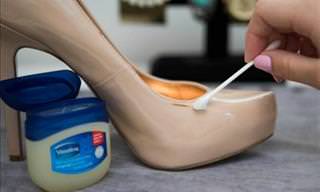
Scratched Furniture or Shoes? It's Pretty Simple to Fix...
Here's how to get scratches out of any surface in your home.
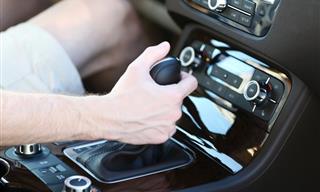
If You Drive an Automatic, You Should Know These Tips
In the following article, you’ll find a brief explanation of how an automatic transmission works, learn about the different types available on the market today, and get tips to help you drive more correctly.

14 Uses for Rice that Have Nothing to do With Eating
Rice is an incredibly versatile grain - you can do much more with it than just cook it and eat it! Find out 14 uses for the grain that you never knew.

10 Useful Guides to Help You With Your Clothes
10 useful guides to help you in your daily struggle with clothes.
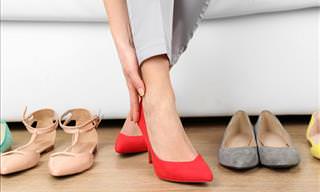
If You Wear These Shoes Often, You Are Damaging Your Feet
Wearing these shoes often can damage your feet!
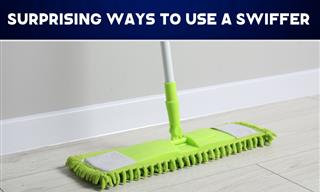
12 Surprising Ways to Use Your Swiffer Around the House
These Swiffer hacks will change your cleaning routine.
To enable your Ad-Free Subscription, please fill the fields below
Your subscription was successful, now you can enjoy an ad-free experience!! Note: To make sure you get no ads, please make sure to log in to your account. If you are logged in already, then refresh the page. The subscription can be cancelled at any time.


